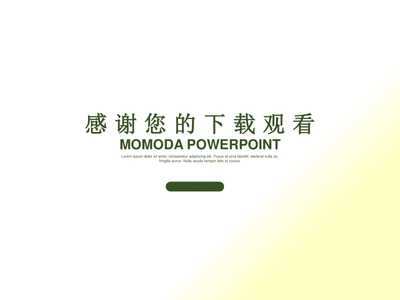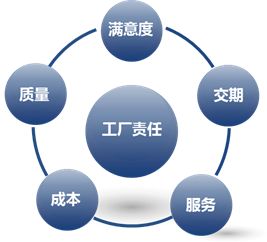In today's business landscape, the image of a stack of paperwork alongside money symbolizes the intricate relationship between financial management and administrative processes. While money represents the tangible value and liquidity in any organization, the accompanying paperwork—such as invoices, tax forms, contracts, and financial reports—serves as the backbone of accountability and compliance. This dynamic duo ensures that financial activities are not only profitable but also transparent and legally sound.
Effective financial management requires meticulous attention to both elements. For instance, without proper documentation, financial transactions can lead to errors, fraud, or regulatory penalties. Conversely, excessive paperwork without a clear financial strategy can stifle growth and efficiency. Businesses must strike a balance by leveraging technology, such as digital accounting systems, to streamline processes while maintaining robust financial controls.
In essence, the stack of paperwork and money is a reminder that success in finance depends on harmonizing operational diligence with strategic monetary decisions.










